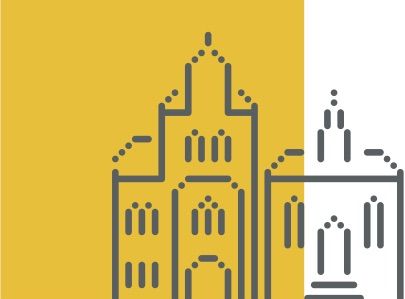Dagstuhl-Seminar 9712
Software Engineering and Database Technology
( 17. Mar – 21. Mar, 1997 )
Permalink
Organisatoren
- D. Maier (Oregon Grad. Inst.)
- K. Dittrich (Zürich)
- N. Barghouti (AT&T Murray Hill)
- W. Schäfer (Paderborn)
Kontakt
Although software engineering and database technology are two distinct areas of computer science, they nevertheless intersect in several respects, and each of them has "interfaces" to the other. Combined efforts of both areas thus have a considerable potential for synergy and are expected to be rewarding for both communities. Database researchers and software engineers can benefit from each other in several ways. Both are "clients" or users of the other technology: When considering software engineering environments, software engineers need data stores for managing potentially large repositories of software artifacts, they need appropriate transaction models for controlling the cooperation of designers, etc. Database researchers, on the other hand, construct software systems such as DBMSs and DBMS-based application systems, and would like to develop them using an engineering approach and with powerful tools. Both database researchers and software engineers are concerned with the software architecture of large, complex systems, of which database systems are both an example themselves and often components in larger systems. Furthermore, both communities have recently started to investigate sets of concepts which - even if named differently in the two areas - are strongly related. An example of such related areas are object-oriented methodologies for specification, design and implementation on the software engineering side and object-oriented data models and database systems on the data management side.
This Dagstuhl workshop brought together researchers from both fields who not only presented their own work but also challenged "the other side" to relate its requirements to the other field.
In order to get those discussions off to a quick start, we used a slightly different format than other workshops of this kind. The first 1 1/2 days were devoted to tutorial-like introductions on particular topics. Those tutorials given by key researchers were particularly targeted towards the "other" community to update them on recent developments in the researcher's field. Truly in the nature of the workshop, those tutorials ended in lively discussions especially when presentations on similar topics came from different camps, such as versions, configuration management and nonstandard transactions. The workshop was complemented by a number of demonstrations. The week continued with short presentations of particular research projects, working group meetings targeted at bringing participants with related interests from the two camps together, and open discussion sections with all the attendees. Briefly, some key issues raised during the week were: (1) Where is the borderline between a database system and the application, i.e., what should be "presupplied" and what has to be custom-made? (2) Will code-writing disappear, i.e., might application development become purely a matter of parameterising a database system? (3) How far can we go with existing re-engineering tools (though some people were impressed by the sophistication of current tools)? (4) Is the UML (Unified Modeling Language) a suitable database design language? Many other more particular issues arose as well.
Finally, the question was raised whether success stories about fruitful cooperation between the two camps exist. Although the total number might not be great, a few were reported, including the development of (new) object-oriented design languages (and data models), the introduction of versioning into the O2 database by an ESPRIT-funded project, and the development of ObjectStore as a CAD-database system.

- D. Maier (Oregon Grad. Inst.)
- K. Dittrich (Zürich)
- N. Barghouti (AT&T Murray Hill)
- W. Schäfer (Paderborn)

 Creative Commons BY 3.0 Unported license
Creative Commons BY 3.0 Unported license
